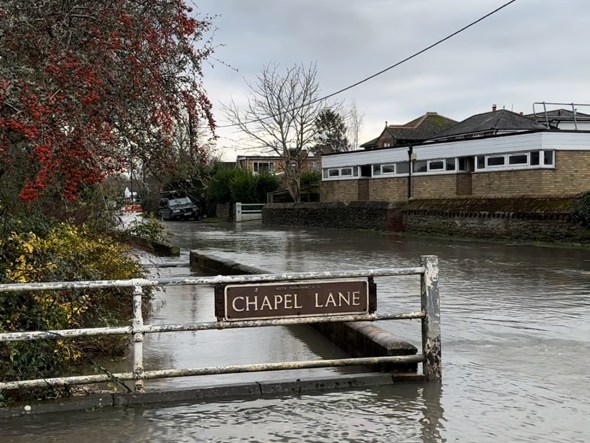In recent years, the impact of global warming has become increasingly evident, reshaping our planet’s climate patterns. One of the most noticeable consequences is the intensification of rainfall and the subsequent rise in flood risk. This poses a significant challenge for architects, engineers, and urban planners when designing new buildings and infrastructure.
Climate Change and Increased Rainfall Intensity
The scientific consensus is clear: the Earth’s atmosphere is warming, leading to a higher capacity to hold moisture. As a result, rainfall intensity is on the rise, contributing to more frequent and severe flooding events. As weather systems are ultimately driven by temperature, the atmosphere is becoming more perturbed, exacerbating the frequency of extreme weather events.
Recent UK Weather Records
The impact of climate change is palpable in the UK, as evidenced by a series of record-breaking weather events over the past two decades. From the wettest months and years on record to unprecedented temperature highs, the data underscores the urgency of adapting to changing climate conditions. Notable examples include the wettest October/November/December in 2000, the wettest May/June/July on record in 2007, and the highest temperature in 2022.

Guidelines for Flood Mitigation in New Developments
Recognising the escalating flood risk, guidelines for designing new drainage schemes in the UK emphasise preparing for a 40% increase in rainfall intensity during the current 100-year storm. This forward-thinking approach ensures that infrastructure is resilient to the changing climate and minimises the potential for flood-related damage.
A Risk-Based Approach for River Flooding
When considering flood risk from rivers, a risk-based approach becomes essential. Factors such as the river basin, the type of development, and the development’s lifespan play crucial roles in determining the appropriate mitigation measures. Drawing from a national study conducted by DEFRA, which uses probabilistic simulations, allowances for increased flow are established for each main river basin in the UK. For the River Kennet, allowances are shown in the table below. In terms of the type of development, a less vulnerable development with a short lifespan, such as a temporary warehouse, might warrant a 10% allowance (Central 2020s), while a more vulnerable, long-term project like offices or housing may require a 16% allowance (Higher Central 2050s). Flood alleviation works or critical infrastructure demand the most stringent allowance of 76% (Upper end 2080s).
In the face of climate change, acknowledging the link between global warming and increased flood risk is paramount. By implementing guidelines that consider rising rainfall intensity and adopting a risk-based approach for river flooding, we can create resilient infrastructure that withstands the challenges of our changing climate. As the frequency of extreme weather events continues to rise, adapting to these changes is not just a choice but a necessity for sustainable and secure development.
Navigating Climate Challenges
Hydro-GIS is embarking on a new project aimed at comprehensively assessing the impacts of climate change in the South-Eastern Mediterranean region. This initiative focuses on multiple facets, including the heightened risk of floods, the effects of rising temperatures, shifts in water resources, escalating wildfire risks, and alterations in species distribution.
Beyond being imperative for policymakers, these assessments play a pivotal role in shaping the design of new buildings and infrastructure, as well as informing the operational strategies for existing assets.
The intricate interplay between hydrological factors and climate change necessitates a nuanced approach, and our project seeks to provide a holistic understanding that will pave the way for sustainable development and resource management in the South-Eastern Mediterranean.

